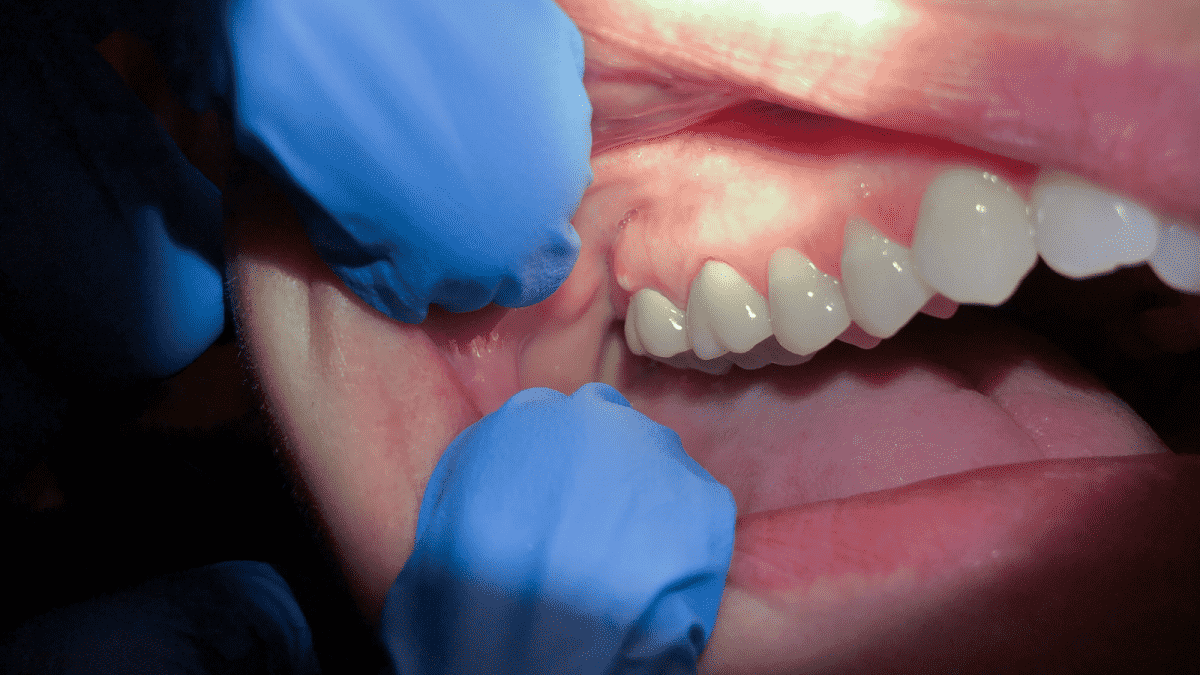Dental Abscess: Symptoms, Causes, Risk Factors And Prevention
- - Category: Dental Care
- - 17 Jun, 2022
- - Views: 617
- Save

A pocket of pus that may form in different parts of a tooth because of a bacterial infection is called an Abscess Tooth
Introduction
A pocket of pus that may form in different parts of a tooth because of a bacterial infection is called an Abscess Tooth or a dental abscess.
An abscessed tooth can cause mild to excruciating pain that can sometimes radiate to the ear or neck.
A tooth abscess can occur in different areas around a tooth for various reasons, not only affecting the tooth involved, but also the surrounding bone and occasionally the adjacent teeth.
A tooth abscess is usually treated by draining it and getting rid of the infection. The dentist may be able to save the tooth with a root canal treatment, but sometimes the tooth may need to be pulled.
An untreated, abscessed tooth may sometimes lead to serious, life-threatening conditions.
What are the Different Types of Dental Abscesses?
The abscesses can be of different types depending on the location and types of tooth infection.
The three most common types are:
- Gingival: The infection that develops in the gums but does not usually affect the tooth or supporting structures.
- Periapical: An infection that forms at the tip of the root because of the bacteria that spread to the inside of the tooth, to the pulp through a fracture or cavity. The pulp is the innermost part of the tooth that contains nerves and blood vessels, the bacteria can upon invading it can spread to the tip of the tooth’s root causing the infection to spread eventually to the bone, forming an abscess
- Periodontal: Starting in bone and tissues that support the tooth, a periodontal abscess is usually an outcome of periodontitis or gum disease and is more prevalent among adults.
What are the Symptoms of an Abscessed Tooth?
A throbbing or shooting pain near a tooth or in the gums that usually comes on suddenly and worsens over time is the main symptom of an abscessed tooth
Other symptoms may include:
- Pain that radiates to the ear, jaw, or neck
- Pain that gets worse on lying down
- Pain while chewing or biting food
- Redness and swelling of the face
- Swollen and red gums
- Tooth Sensitivity toward hot and cold foods
- Discolored or loose tooth
- Foul breath
- Foul taste in the mouth
- Tender or swollen lymph nodes in the neck or under your jaw
- Loosening of tooth
- Fever
An immediate pain relief along with sudden bad taste may be experienced if the abscess ruptures and as the pus drains out.
What Causes a Tooth Abscess?
The tooth is hard on the outside, but it is filled with a pulp made up of nerves, connective tissue, and blood vessels from the inside. This pulp might sometimes get infected due to:
- Tooth decay: The bacteria break down sugars in food and drinks, creating acid that attacks enamel, causing a cavity, or tooth decay that can destroy the hard surfaces of the tooth.
- Broken, chipped, or cracked teeth: An opening in a tooth can allow the bacteria to seep in and spread to the pulp.
- Gum disease (periodontitis): An infection and inflammation of the tissues around the teeth are known as Gum Disease and its advancement can make the bacteria gain access to deeper tissues.
- Injury to the tooth: The inner pulp can be damaged due to trauma to the mouth, even when there is no apparent crack, making it susceptible to infection.

